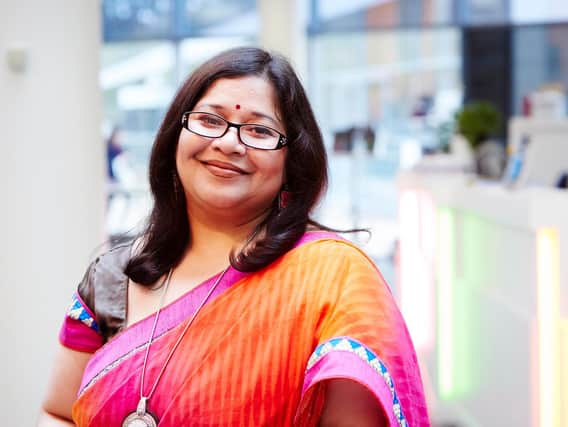Why tackling workplace inequalities is crucial for all


Despite its faults, social media gives a unique insight on what’s happening in the world.
The recent twitter storm over the depiction of an Afro-Caribbean family in Sainsbury’s Christmas advertisement and trending hashtags like #BlackLivesMatter, #MeToo, #TakeAKnee, #StopIslamophobia, #lLoveWins reflect rising awareness of social exclusion in society.
Social exclusion is a problem faced by millions around the UK, including in the workplace.
While there are growing demands for greater diversity and equality around the world, the uncomfortable truth is that our society has been built around the most privileged and dominant groups.
Undeniably, most systems and structures around us are often designed for certain types of people, while ignoring others. This is certainly true of the workplace and business environments, where I have focused much of my work life and research.
According to a 2017 report by the Equality and Human Rights Commission, this results in ethnic and gender-based occupational segregation, ethnicity and gender pay gaps, and the lack of diversity in boardrooms.
Businesses and governments are keen to show that they’re taking steps to address this problem. In October 2020, the Confederation of British Industry (CBI) set out for plans for a Change the Race Ratio group, which will see businesses setting and publishing targets for greater racial and ethnic diversity at board, executive committee and senior management level. There are similar initiatives to increase the number of women in senior positions.
But most businesses are not approaching this challenge systematically. Organisations may be quick to talk about embracing diversity, but all too often their actions boil down to meaningless targets, buzzwords or window-dressing.
There is a sense that they want to be seen to be diverse, rather than being inclusive. It’s ‘cosmetic diversity’ because all too often there’s little substance underneath the surface.
It’s also wrong to make generalisations: different people can experience different challenges in different workplaces. Women of colour, older women and women with a disability can also find themselves facing a combination of barriers at the same time.
The general response of business to this issue is perfectly summed up in the way that some organisations make real efforts to employ people from minority groups to meet diversity targets, but then give no consideration to the experience of those individuals when they are onboard.
Over time, this leads to many people from under-represented groups leaving the business, voluntarily – or otherwise. This is what we may call the frustrating diversity-cycle.
So, what should businesses do if they are really serious about inclusion?
Organisations need to look at inclusion from the inside out and reflect deeply to understand their existing cultures of exclusion.
All too often business decisions and policies are made by those in a position of power, who have never fully understood the ‘lived’ experience of the colleagues who are meant to benefit from such inclusion policies. In order to build truly inclusive workplaces organisations need to improve representation of minorities and review their exclusionary practices in terms of recruitment and selection, promotion criteria, and redundancies.
So rather than asking: ‘How can we make our organisation diverse and inclusive?’ companies should look at whether the current policies, structures and decisions are leading to people being excluded.
One myth is that inclusion is all about the people with protected characteristics. But it goes further than that: when building an inclusive workplace, it’s equally important to understand the views of those in positions of privilege or power and help bring them in as allies.
After all, it’s not unusual for these groups to feel unfairly targeted or unsupported by inclusion initiatives. If we want true inclusion, we need to consider the views of everybody, or else we risk recreating segregation in our organisations.
Until organisations try to really understand these issues, the demands – both on and off social media - for greater diversity and equality will quite rightly continue.